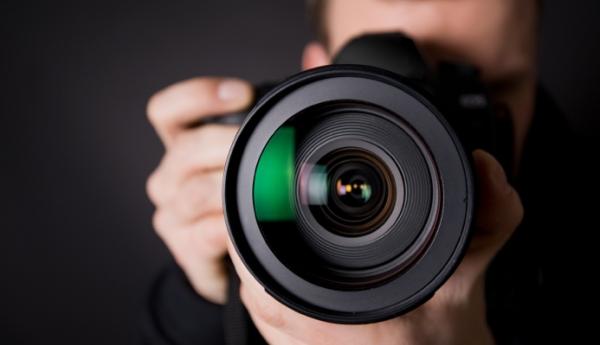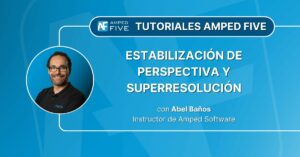
Cases of fraud within published scientific research are on the rise, with several recent cases involving the falsification of images.
Scientists are subjected to exactly the same pressures and temptations that drive people to commit fraud in all manner of environments and for various reasons. Sometimes the motivation is commercial; perhaps to obtain a research grant or to enhance the profile of the institution and attract more applications. In others it might be professional; to get published in a prestigious Journal or simply to save face after an experiment has failed to deliver the desired
results.
Regardless of the justification, when these actions have legal consequences it is important to have the tools to detect when such fraud occurs. And more importantly to have the ability
to scientifically prove this in a court of law.
Multimedia forensics is invaluable within cases of research fraud, both for presenting a case or defending the accused. However, it’s not good enough to simply bring in an expert witness and have them confidently present their case. Tools exist to carry out the analysis in line with the scientific methodology, giving the judge and in some cases the jury, a basis upon which to evaluate the full weight of the evidence. Consider it ironic, but if the right software is adopted within the legal system then the scientific method may just prove to be the answer to the current crisis facing scientific integrity.
Read the full article published in The Barrister.




